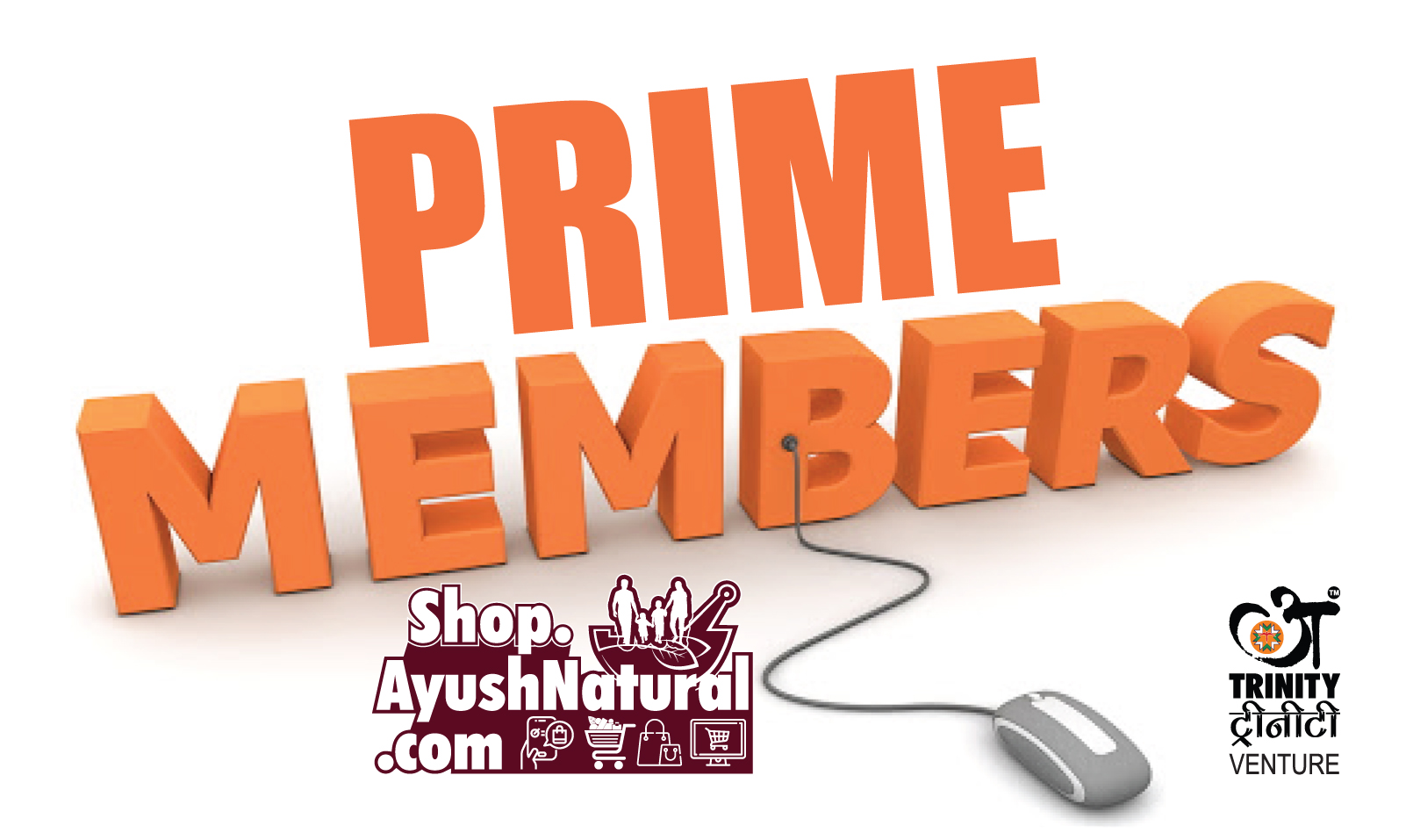What are essays? An article is, generally speaking, a written piece that delivers the author’s argument, but on occasion the definition is indeed ambiguous, overlapping with that of a report, a book, an guide, pamphlets, and a brief story. Essays have always been classified either as formal and Profession or casual and private. In modern times essays may be the item of private research or the result of pupil work given special themes. Since the turn of the 20th century, essays have increasingly been viewed as products of the university as opposed to a personal pursuit pursued between one academic egotist and yet another.
Since the 1970’s essays have become increasingly popular reading for school students. The most prominent means to classify a writing sample would be to split it into two types: first, descriptive essays – all these are works of prose using literary, technical or sociological terms and concepts; instant, figurative essays – all these are written pieces which have pictures or illustrations.(ppings for figurative language don’t need to be literary, technical or sociological, just creative)
The arrangement of a descriptive essay depends upon defining, organizing and quoting substantial information about the writer, the topic or the literature being studied. This advice needs to be proven through indirect means, typically quotations from primary sources, which are typically cited in footnotes at the end of the essay. By way of example, if you’re writing an essay on American political history you need to quote important Americans such as Woodrow Wilson, Teddy Roosevelt, Woodrow Wilson and so forth. You would then describe how the construction of the United States authorities or how various aspects of it arose out of the connections and contrasts of those leaders. Finally, you would conclude with a thesis – what you think to be the key thesis of your article.
On the flip side, literary examples of essays usually start with a statement of the chief theme of the essay, followed by an extended paraphrase or abridgment of the primary idea. The literary examples that I enjoy are aphorisms, metaphors, or stories which illustrate the author’s point of view on a particular issue or thought. You may use literary devices as well like similes, allusions, alliterations, and metaphors. A good illustration of an article can be found below.
An argumentative essay depends upon a strong thesis statement to support its conclusions. Unlike a descriptive article, an argumentative essay relies on strong arguments backed by extensive supporting evidence to support its statements. It differs from a persuasive composition since it does not rest on mere opinion; instead, it employs strong arguments to argue its own points. One good argument from a claim www.dailyhawker.com would be to show that it is not feasible, but another fantastic reason for accepting a claim would be to show that it is possible. A number of my favorite argumentative essays are An Introduction to Political Reason and About the Necessity of Strong Theses.
Finally, there are two things I find of interest in every one of these types of essays – that the two items are analogies and similes. Analogies and similes have an superb place in any literature because, as George Simpson says,”they connect just two things carefully enough to be true.” Similes and analogies have similar advantages as well, but they are frequently utilized in essays to highlight a psychological response, or to supply an entertaining or surprising fact or trivia. In the last analysis, you should choose your essays based on how well the author uses the tools I’ve described here – the defining elements of the writing style, including the introduction, the body and the conclusion.

